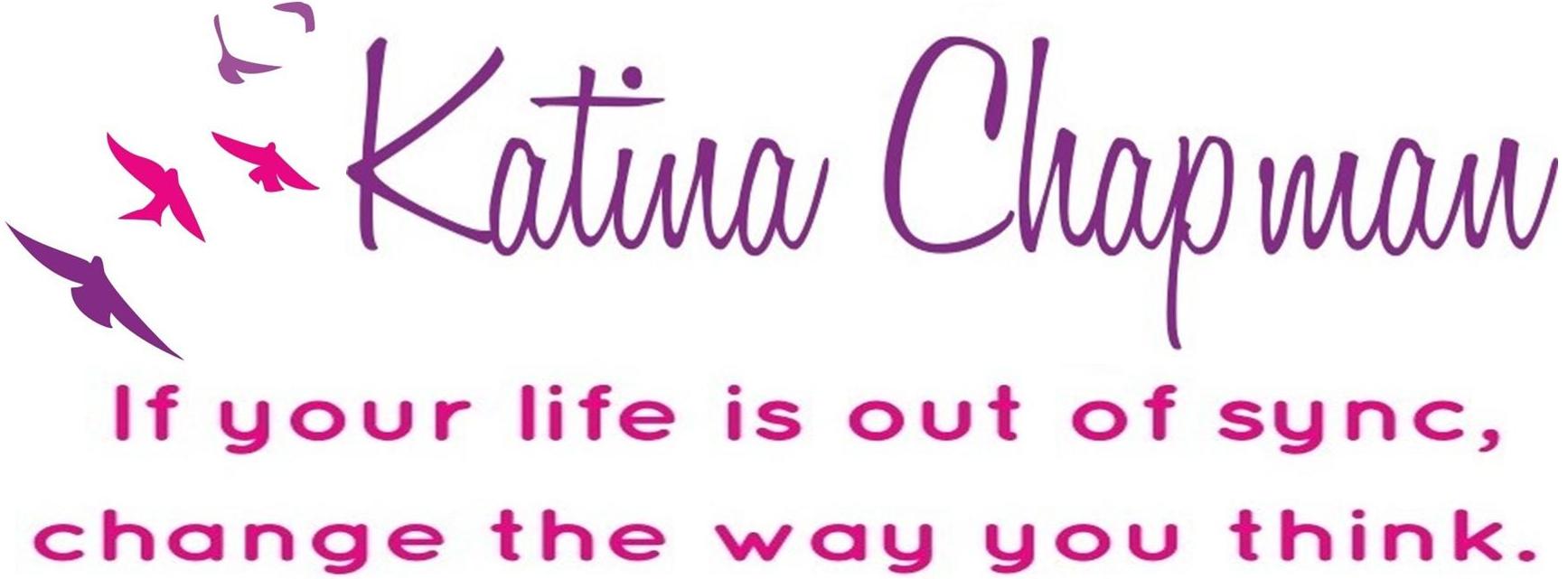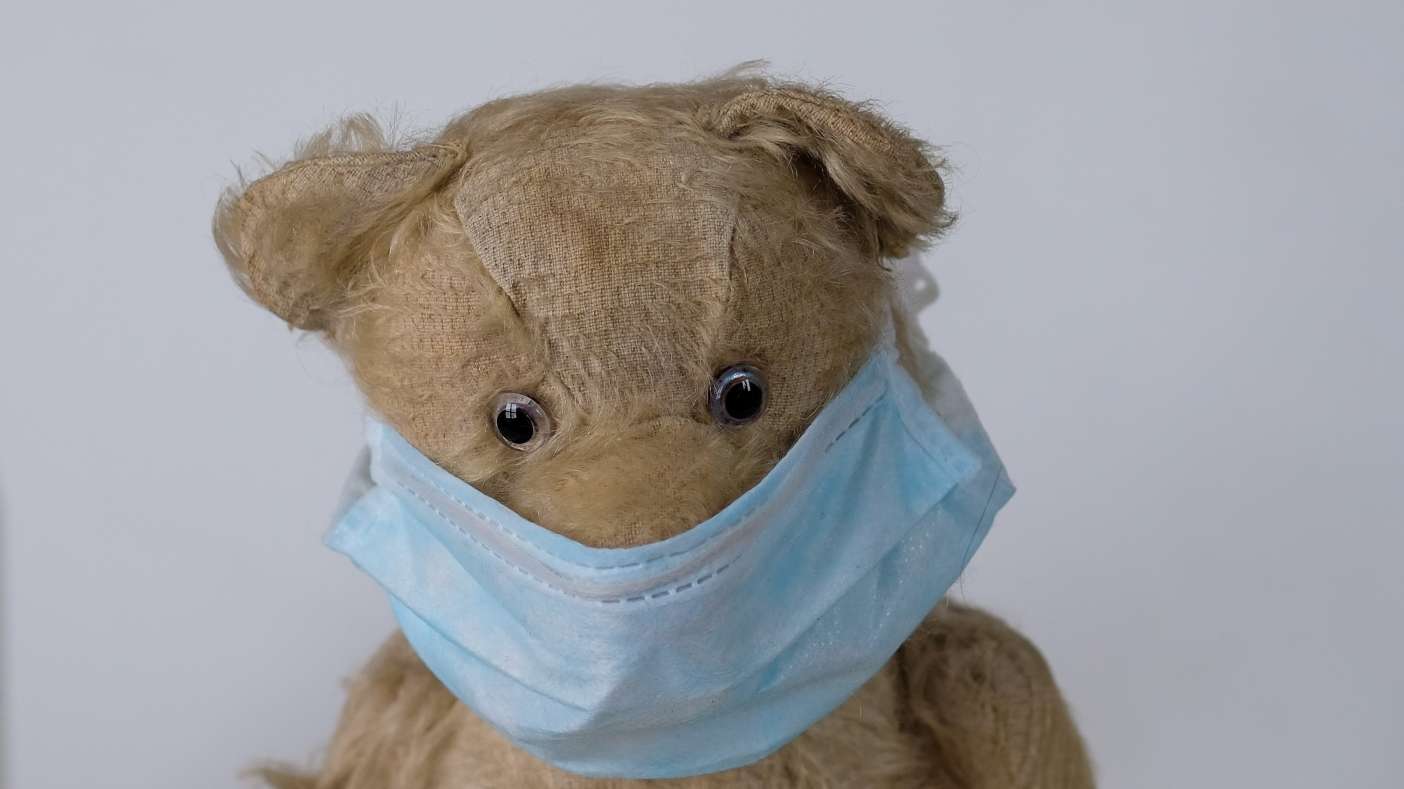Masks in and of themselves can be disconcerting suggesting the threat of infection and imminent danger.
For some children, even the simplest of face coverings can be scary, as they fear what lies behind the mask.
Some may already be wary from experiences with Halloween clowns or even face painting.
A child’s ability to recognise and read faces is weakened by a mask.
And a child may believe that when the appearance of something has changed the thing itself has changed.
Masks hide part of a person’s face. Young children rely on seeing faces. From the time they are babies, young children look at faces for the signals they need to feel safe.
When faces are partly hidden by masks, children can’t see the friendly smile or familiar look that usually puts them at ease. It makes it harder to feel safe and it’s natural to feel scared.
This could be maskophobia.
How you can help
And here is how you can help.
Children may find their parents wearing masks in particular very disturbing, so put the mask on and take it off a few times. Give children time to look, watch, and get used to what’s new.
Use simple words to explain why people are wearing masks. Explain that people wearing masks can be a good thing and a way to help others.
Have your child wear their own mask, to validate and understand that they can be perceived as scary even though they are still a nice person.
Let the child choose a mask of their own – a favourite super-hero, maybe. Encourage them to select the fabric or patterns for the masks they’ll wear.
Help children get used to masks. Give your child time to practice wearing their mask before they might need to wear one outside of your home. Teach them how to put it on and take it off.
Decorating their own mask by drawing on it with marker pens can help them feel a sense of ownership and control over the situation.
Make them together. If you make masks or cloth face coverings at home, let your child help you.
Help make it fun. Introduce a sense of play by encouraging your child to pretend to be a doctor or nurse or playing going to shop while wearing their mask.
Validate what your child is afraid of and let them talk about it.
Have a few masks handy while your children play so that it becomes a part of their normal everyday world.
You can ask your child to put a mask on a stuffed animal, and then ask follow-up questions about why the stuffed animal is wearing the mask. Depending on your child’s response, you can clear up any confusion and offer reassurance.
Use your parent power and model brave behaviour.
Children will follow your lead!
How Hypnotherapy can help
Hypnotherapy for children can offer a targeted and personalised support to reduce anxiety related to maskophobia.
It can help them to manage and control their feelings and emotions and enable them to live anxiety free.
Call (01502) 587341 now and let the changes begin.
Photo by Daniele Levis Pelusi on Unsplash

